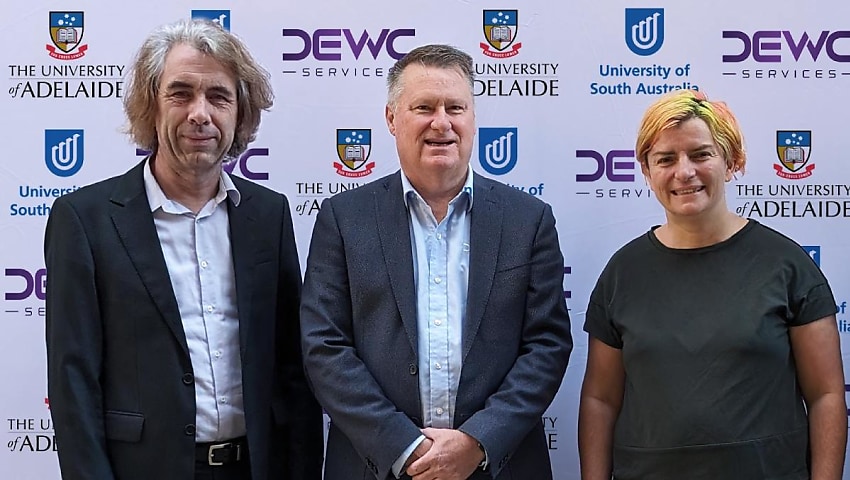The research project, led by the University of Adelaide, in collaboration with DEWC Services, DSTG, and the University of South Australia, will research how a fleet of self-guided drones can detect and fight bushfires.
To continue reading the rest of this article, please log in.
Create free account to get unlimited news articles and more!
The project was awarded $150,000 as part of the Defence Innovation Partnership’s Collaborative Research Fund, with the team comprising of academia, industry, and government, which will seek to apply novel machine learning to real-world drone firefighting.
It is expected that the developments made on the project could then be exported into Defence applications.
The team will be led by University of Adelaide associate professor Caludia Szabo, who will tackle the challenges of cooperative AI decision making throughout the program.
“Until now, multi-agent reinforcement learning approaches and search-based approaches haven’t been applied in a real-world setting. For multi-agent reinforcement learning approaches, the training time is too long and search-based approaches are very static and don’t adapt well,” she said.
“The project takes an innovative hybrid approach that combines traditional multi-agent planning and heuristics and multi-agent reinforcement learning decision-making approaches.”
The decision-making process for the autonomous capabilities will align with those in Defence.
“The novelty of this approach is that it is more accurate and adapts better to changes in the environment. We know that for Defence, operating in highly complex and contested environments is not uncommon.”
DEWC Services director – science and technology, Tim McKay explained that the company would then transform the concepts into a prototype.
“We are looking at how these novel AI and machine learning approaches could enable a swarm of drones to work as a team to identify the source of the fire and fight the fire by delivering the exact the amount of water, at the right spot, and do it in the quickest possible time,” he said.
“Working closely with the researchers, we will take these novel ideas and approaches and through coding and prototyping, demonstrate their potential in a scenario. This project will serve as a surrogate for Defence projects.”
The lessons learned throughout the project will not only ensure that Australia is better prepared to overcome natural disasters, but also develop defence capabilities that can deal with the challenges of the modern battlefield.
“The technology has the potential to greatly enhance the resilience of Australia’s Defence command and control or autonomous operations, particularly in denied or degraded environments. As a trusted partner of DSTG, DEWC Services will seek to translate the technology into existing Defence projects, strengthening Australia’s capabilities in the modern battlespace,” McKay added.
“For example, operating in an environment where their communications have been jammed or they don’t have the ability to share information, so we’re looking at technology that allows swarms of drones to do their tasking somewhat independently,” McKay said.
“DEWC Services has a longstanding relationship with DSTG, so we have the touchpoints and ability to apply the developments from this project into classified Defence projects. It enables the collaborative research project to have a higher chance of translating into tangible outcomes that can enhance Australia’s Defence capabilities.”

 Login
Login







